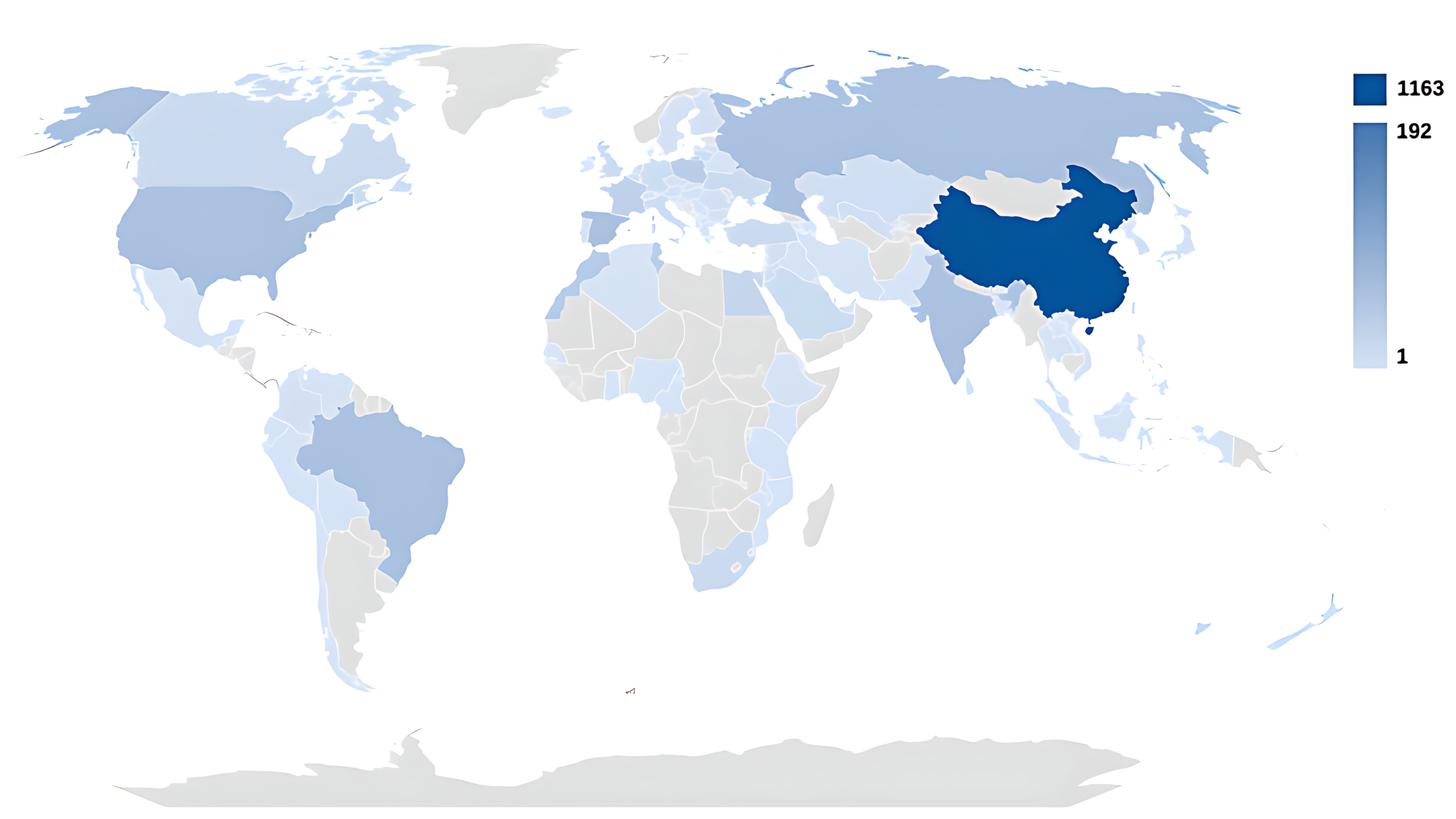Heavy metals and radionuclides are all around us in the environment. We ourselves contribute to these types of pollution through our industry. However, some accidents and disasters result in the release of these toxic substances into the environment at a far greater scale. Because of this, it is increasingly important to know how radionuclides and heavy metals are distributed in nature and under human influence. We need to know what measures can be taken to reduce their distribution in the ecosystem to improve the condition of soils. Our article was devoted to these problems.
Soil contamination by toxicants of different natures and origins is an urgent problem because it disturbs the homeostasis of ecosystems. Migration of heavy metals and radionuclides is interrelated, and this study is devoted to the interaction and complex influence of various toxicants. Therefore, the objective of this study was to consider the problems of remediation of contaminated ecosystems and the applications of bioremediation processes for this purpose.
There is a lack of information on the influence on the processes of sorption of metal ions in multicomponent solutions with different ionic strength. The direction of search for effective methods of microorganisms immobilization for realization of flow biosorption processes requires further development. This indicates the need to create an algorithm of research on the study of biosorption processes using microorganisms.
It should be noted that bioremediation methods attract special interest in this direction. They are the most natural and their realization is based on natural mechanisms of ecosystem cleaning.
We have considered advantages and disadvantages of bioremediation processes of soils contaminated with radionuclides and heavy metals. Some questions require answers:
- How can microorganisms fight such pollutants as heavy metals and radionuclides?
- Why should radionuclides and heavy metals be considered in the same context when they are prevalent in the environment?
- What is the importance of biosorption of heavy metals and radionuclides?
- How long is the process of bioremediation of soils and are there barriers to effective implementation of these processes in practice?
- What is phosphogypsum and why can it be used in bioremediation processes of soils contaminated?
If you are interested in these questions and want to know the answers to them, please read our article.
Citation: Chernysh, Y.; Chubur, V.; Ablieieva, I.; Skvortsova, P.; Yakhnenko, O.; Skydanenko, M.; Plyatsuk, L.; Roubík, H. Soil Contamination by Heavy Metals and Radionuclides and Related Bioremediation Techniques: A Review. Soil Syst. 2024, 8, 36. https://doi.org/10.3390/soilsystems8020036
Authors: Yelizaveta Chernysh, Viktoriia Chubur and Hynek Roubík from BRT.
For more details on BRT, follow us on social media for regular updates and highlights.


